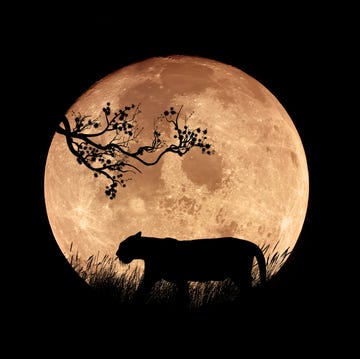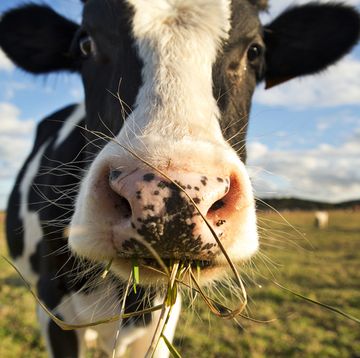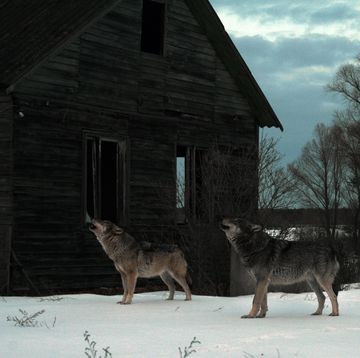Horsepower is one of the most ironic units of measurement. Its abundance in mechanical form has all but eliminated actual horse power and, as a result, any real frame of reference. Imagine if we measured how long a lightbulb lasts in "candle hours."
But where exactly did the term come from, and how was it first derived? BBC Earth Lab explains what's behind the metric.
The inspiration for the steam engine came from the desire to replace horses, which as animals needed constant care and upkeep, as well as having physical limits on strength and mobility. In 1763, working as an instrument maker at the University of Glasgow, James Watt was assigned to repair an early steam engine. Watt was intrigued by the idea but noted the machine's inefficiency. He built an improved model, using a separate condensation chamber to prevent heat loss. By 1776, he was selling the Watt steam engine to farmers and miners.
But every new product needs a marketing campaign, one to show its superiority to the competition. Watt needed a catchy way to show how his single engine could complete the work of multiple horses, so he decided to invent a metric specifically designed at measuring a horse's power. Studying both smaller ponies and farm horses, he determined that one could carry 32,400 foot-pounds per minute, and with his business partner Matthew Boulton standardized the figure at 33,000.
The number wasn't quite scientific: Watt looked for horses at peak performance, and for his purposes, it didn't truly matter how accurate his measurement of a horse's power was as long as it was close enough to be believable. Much like his engine, the metric struck. In honor of his contributions to engineering, he got his own unit of measurement, the Watt, named after him in 1960.
Source: BBC Earth Lab
David Grossman is a staff writer for PopularMechanics.com. He's previously written for The Verge, Rolling Stone, The New Republic and several other publications. He's based out of Brooklyn.













